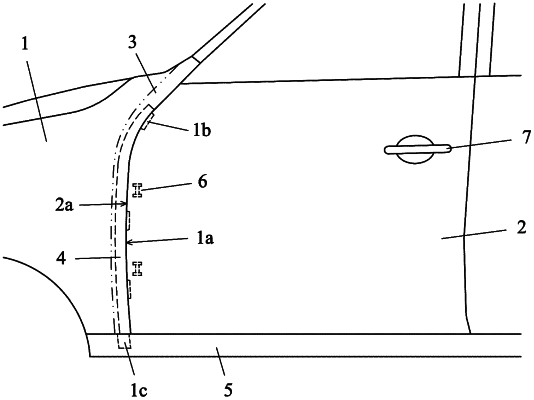| CPC G06F 30/20 (2020.01) [G06F 30/15 (2020.01); G06F 30/23 (2020.01); G06F 2119/14 (2020.01)] | 20 Claims |

|
1. A method for simulating opening force of a front door of a vehicle after a vehicle frontal collision, the method comprising:
performing a first simulation step simulating deformations of vehicle components that are caused in the vehicle frontal collision and affect opening of the front door using instructions stored in a memory and executed by a processor; and
performing a second simulation step determining the opening force of the front door after the vehicle frontal collision using the deformations of the vehicle components of the first simulation step and a predetermined door opening speed using instructions stored in the memory and executed by the processor;
wherein the vehicle components that affect the opening of the front door comprise a design component and an interface component, wherein the design component is a component that is modified for changing the opening force of the front door after the vehicle frontal collision but does not affect the vehicle deformation in the vehicle frontal collision and does not affect functions of the vehicle other than the opening force of the front door, and wherein the interface component is a component that is not modified for changing the opening force of the front door after the vehicle frontal collision because modification of the interface component affects functions of the vehicle other than the opening force of the front door; and
wherein deformations of the design component and the interface component obtained in the first simulation step are used as initial geometric conditions of the design component and the interface component in the second simulation step;
conducting a physical front door opening force test using the deformations of the vehicle components of the first simulation step and the predetermined door opening speed;
comparing the determined opening force of the front door of the second simulation step with a result of the physical front door opening force test; and
based on the comparison. again performing the second simulation step determining the opening force of the front door after the vehicle frontal collision using the deformations of the vehicle components of the first simulation step and a modified predetermined door opening speed using instructions stored in the memory and executed by the processor.
|